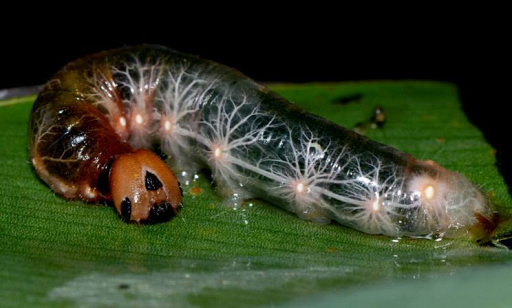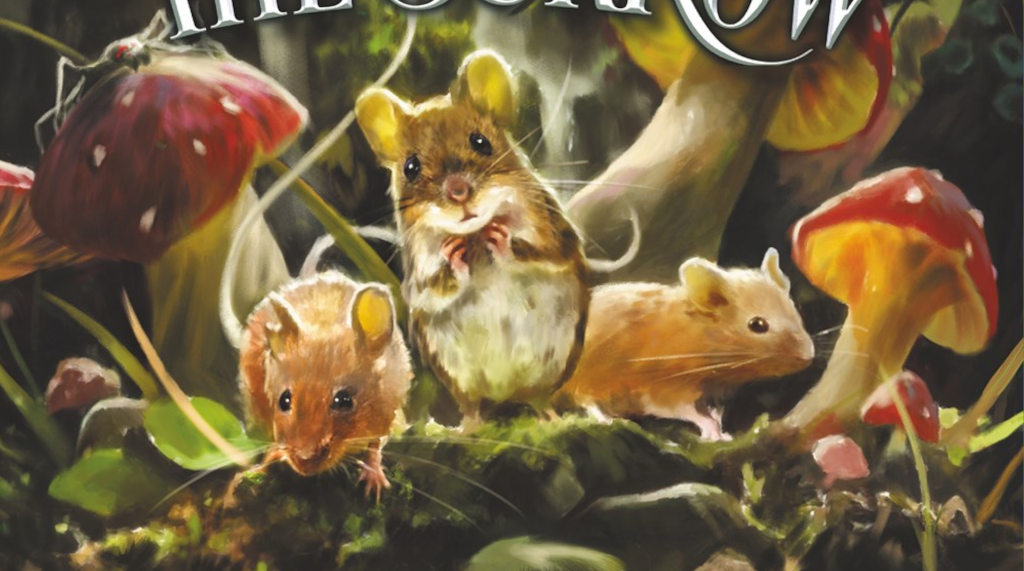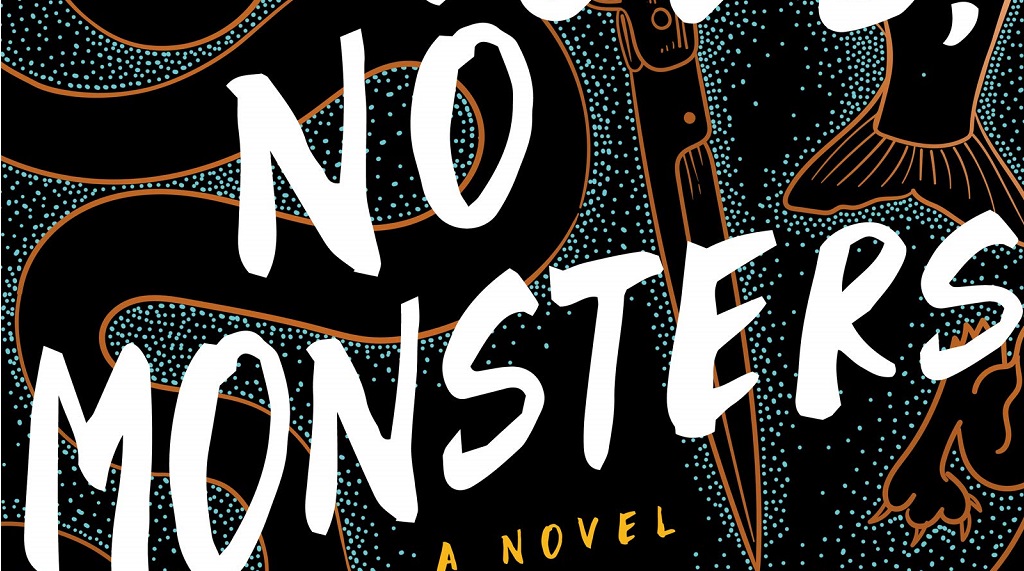So, I was reading This Article today, and both the material supplied in the article and some of the very emotional responses to it in the comments got me thinking. Why the trope of science vs emotion? Spock, I blame you…
The fact that emotions exist really isn’t up for debate. You feel them, I feel them, we empathize with each other and agree that we’ve both felt fear, anger, happiness, sadness, love, and more. Some people have a hard time coping with the fact that creatures outside our own species may in fact experience similar (if not the same) emotions as we do. I believe that is caused mainly because of our empathy. Our empathy towards one another invokes compassion and even camaraderie. Let’s face it, who wants to be able to relate to a bug? That might make us feel bad and question the purpose of life and our own moral standing when we swat an annoying fly or annihilate a spider.
The going argument I have seen floating around the internet is that emotions are so internal, that unless we can communicate and resonate with another (ask them how they feel), we cannot really prove that the other being is experiencing emotion. But, that’s not quite so. Emotion does in fact have very measurable effects on the body–in all species.
The feelings we perceive as emotions are the physical experiences relating to the effects of chemicals and hormones being released in our brains as a response to stimulus. Let’s take anger, for instance.
“When we get angry, the heart rate, arterial tension and testosterone production increases, cortisol (the stress hormone) decreases, and the left hemisphere of the brain becomes more stimulated. This is indicated by a new investigation lead by scientists from the University of Valencia (UV) that analyses the changes in the brain’s cardiovascular, hormonal and asymmetric activation response when we get angry.“
— Robert George, Medical News Today
We immediately feel the physical effects of increased heart rate and arterial tension – our hearts pound and we feel “like we’re about to explode”, right? That’s the internal physical response to whatever stimulus (internal or external), and we describe the sensation of the experience as “anger”. The response drives us to act aggressively towards whatever caused the anger, as, at its most simplified, anger is a defense mechanism.
All emotions have to do with stimulus and internal responses. Let’s take a look at fear for a second:
In a study to see whether or not fruit flies might actually experience fear, David Anderson and his team of researchers performed an experiment in the which they passed a paddle over a group of feeding fruit flies and observed their responses.
Th[e smallest blocks of emotion as defined by the researchers for the purpose of this study] are called “primitives” — the feeling of fear after a gunshot, for instance, was referred to as “valence”, and if it lasted for a longer time that would be a primitive called “persistence”.
The research found that flies seemed to exhibit many of those same primitives. If flies were gathered around food when the paddle passed over, for instance, they would leave and run around for a few seconds — exhibiting “persistence” as well as context generalisation, where fear is true no matter what is going on elsewhere.
“For us, that’s a big step beyond just casually intuiting that a fly fleeing a visual threat must be ‘afraid,’ based on our anthropomorphic assumptions,” said David Anderson, who ran the study. “It suggests that the flies’ response to the threat is richer and more complicated than a robotic-like avoidance reflex.” [2&3]
I have reason to suppose, however, that they intake more oxygen–or breathe faster–in threatening situations as most insects breathe more when their body is working harder and not at all on some occasions when the body is at rest. [5] An escape response would trigger bodily functions to work harder and move faster. But again, they wouldn’t experience the rapid expansion and deflation of the lungs, because they don’t have lungs. Insects get oxygen into their blood via a system that looks more like this:

The white spots being the spiracules, or air openings, and the “veins” being the tracheal system of the caterpillar that delivers oxygen into the blood which fills the entire body cavity.
Casual observation of flies and all other living things clearly shows that they experience the same drive to survive that we do. Various species may or may not be able to understand the concept of death and what it entails, but almost all have the basic instinct to avoid it at all costs. Their physical responses to emotion may vary as their bodily functions do, but at the basic building blocks, the effects are the same. There are chemical and physical responses to stimuli, either external or internal, which in turn motivate a reaction that is geared towards survival and reproduction. We describe the sensation of the responses by calling them emotions.
So, it makes perfect sense to me that animals experience emotions. The range of their emotions are entirely equipped to their realm of survival and reproduction. All creatures are capable of basic pleasure and discomfort–pleasure being sought out as it is the signal for survival, discomfort being avoided as it is the signal for death. Any creature that nurtures its young to adulthood is capable of empathy. Any creature that competes for territory or resources is going to be capable of anger and jealously. Grief, again, a physical response, is probably an emotion unique to social animals that form familial bonds, in relation to empathy. [6]
Simply put, I fail to see the disconnect between responses in the brain and the resulting physical experience we call emotion. They’re not mystical unexplained phenomenons. They’re part of how the body works. I experience clinical anxiety, which sometimes even escalates to panic attacks. I consider it to be a “glitch” in my brain triggering danger and fear responses even when there is no stimulus present. As I have studied how the brain works I have been able to train my brain and respond in a healthier way to those feelings. Instead of acting on them and launching into full scale panic over dangers that do not exist, I have, over the course of many years, trained my brain to automatically respond to those emotions with the memory of prayer. And on that note, trying to escape the feelings of anxiety or stop them somehow makes the fear itself the threat in my brain, which, you may imagine, creates a vicious escalating cycle. Instead, I had to learn how to break that cycle and reinforce the healthy pattern. The more often I pray in response to the pseudo-danger and give my brain the pleasant sensation of communication with God through prayer, the more likely it is that will be my go-to response when anxiety arises rather than escalating to panic. I still experience anxiety, but it doesn’t rule my life like it used to.
If we can deduce whether or not dogs see colour by the number of cones in their eyes [7], it seems to me that we can deduce what emotions an animal is capable of based on the elements of their survival and the way their brains, respiratory, and nervous systems react to stimuli – both chemically and physically. We can deduce how a fly feels like when it is experiencing fear (the emotion that drives it to flee) by observing the changes in its brain, respiratory, and nervous system when presented with threatening stimuli. Dopamine has been associated with motivating a creature to seek after stimuli that results in more dopamine in all animal groups, from the humble fly to the mighty human. It’s the “reward” hormone. We can deduce then that a creature whose brain is producing dopamine is happy, right? Then observe the response of the nervous, circulatory, and respiratory systems to imagine what it feels like to be a happy fly.
Let’s step outside the box for a moment of trying to value a being’s emotions based on how similar it is to our own, shall we? That last line about flies got me thinking. Flies can feel fear, no question. But outside of unpleasantness and a drive to avoid, they don’t experience the same physical sensations in relation to their fear as we do to ours–they just don’t have the same organs. If we could communicate, how would a fly describe what it feels like to be afraid? Different physiology denotes that the “feeling” of being afraid would feel different, even though it drives the one experiencing it to the same ends and reactions. Hmmm…. now there’s something for me to chew on and explore in some sci-fi novel material.
More interesting reading:
How Happy Happens In Your Brain
References:
1. “What Happens When We Get Angry?” Robert George, Medical News Today
3.5 . “How Do Insects Breathe?” Ask an Entomologist




